Ocean currents, seawater and metal-eating bacteria cause the Titanic to decompose rapidly and could disappear in a few decades.
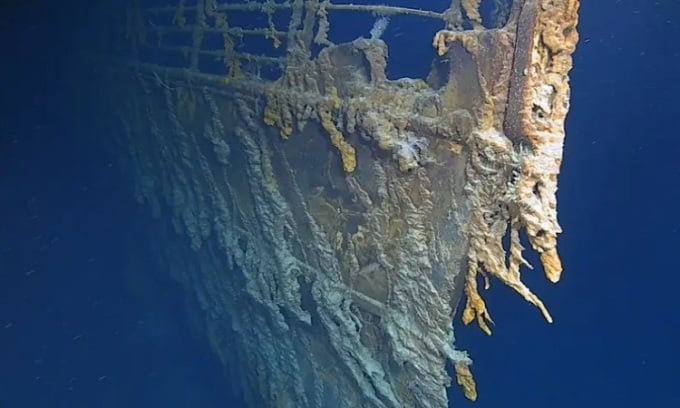
The bow of the Titanic during an expedition in August 2019. Photo: Atlantic Productions
In the early morning hours of April 15, 1912, the RMS Titanic sank more than 12,000 feet below the surface, killing 1,517 people. The ship was on its maiden voyage to New York, but hit an iceberg about 400 miles from Newfoundland. The wreck lay dormant for more than 70 years until it was accidentally discovered by the US Navy during a secret Cold War mission on September 1, 1985. Since then, dozens of unmanned and manned submersibles have visited the Titanic's underwater remains, according to Business Insider .
"Like everything, eventually the Titanic will disappear completely. It will take a long time before that happens, but the decomposition of the wreck is expected and a natural process," said Patrick Lahey, president and co-founder of Triton Submarines.
Lahey participated in three of the Triton’s five dives last August. Having never visited the wreck before, he couldn’t judge the condition of the ship based on his own observations. But many experts agree the ship looks very different from previous expeditions. Lahey says the Titanic is losing its battle against the elements. Deep-sea currents, corrosive seawater, and metal-eating bacteria are chipping away at the wreck, which lies more than 2 miles below the surface.
Microbiologist Lori Johnston says the decomposition is caused by a group of bacteria called Halomonas titanicae. As the bacteria eat away at the shipwreck’s steel, they cause stalactite-like structures to form on the wreckage. Those reddish-brown pillars are called rusticles.
According to Henrietta Mann, the scientist who co-discovered the bacteria in 2010, based on the latest expedition footage, the Titanic had only 30 years left before it disappeared. The ship had been on the seabed for 107 years amid strong ocean currents and submerged in seawater. The rate of decomposition of the Titanic increased as the upper decks of the ship crumbled. If one deck above it failed, it would collapse onto the next. The destruction continued from deck to deck.
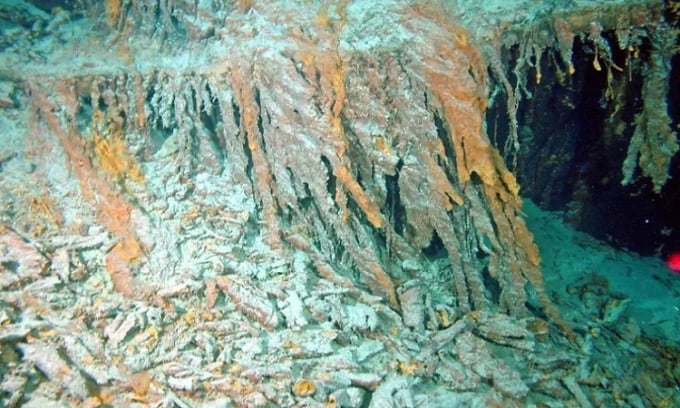
Rusticles created by bacteria on the port side of the Titanic. Photo: Lori Johnson
The collapse destroyed one of the most famous areas of the wreck, Captain Edward Smith's cabin. In 1996, the contents of the cabin on the Titanic's starboard side, including the bathtub, were still clearly visible. Today, the cabin is no longer visible because it has fallen deep into the wreck. According to Titanic historian Parks Stephenson, the starboard side of the Titanic was the most shocking area of decomposition. The entire floor on that side collapsed, taking the master bedroom with it, and the decomposition continues.
Recent footage from the Triton submersible will be used in an upcoming Atlantic Productions documentary. On June 18, the Titan submersible took five passengers on a tour of the wreck of the missing Titanic. The ship, owned by OceanGate Expeditions, was taking passengers up close to the wreck when contact was lost two hours later. Passengers paid $250,000 for the trip to a depth of nearly 4,000 meters.
An Khang (According to Business Insider )
Source link





![[Photo] Phuc Tho mulberry season – Sweet fruit from green agriculture](https://vstatic.vietnam.vn/vietnam/resource/IMAGE/2025/4/10/1710a51d63c84a5a92de1b9b4caaf3e5)

![[Photo] Prime Minister Pham Minh Chinh chairs meeting to discuss tax solutions for Vietnam's import and export goods](https://vstatic.vietnam.vn/vietnam/resource/IMAGE/2025/4/10/19b9ed81ca2940b79fb8a0b9ccef539a)


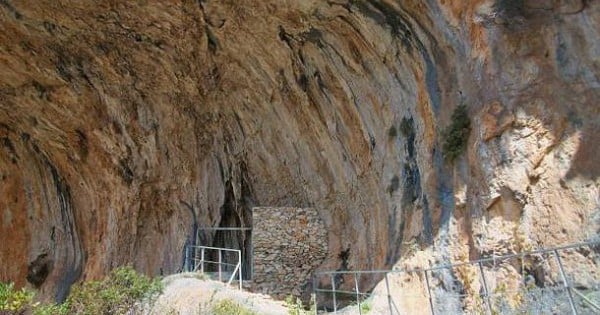




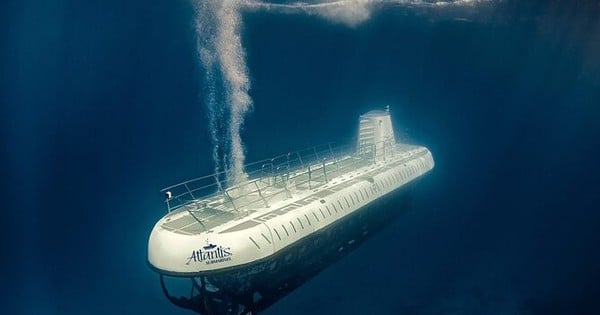

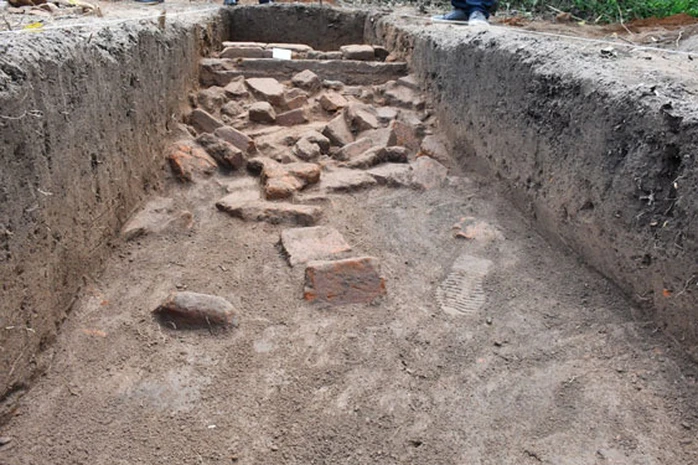


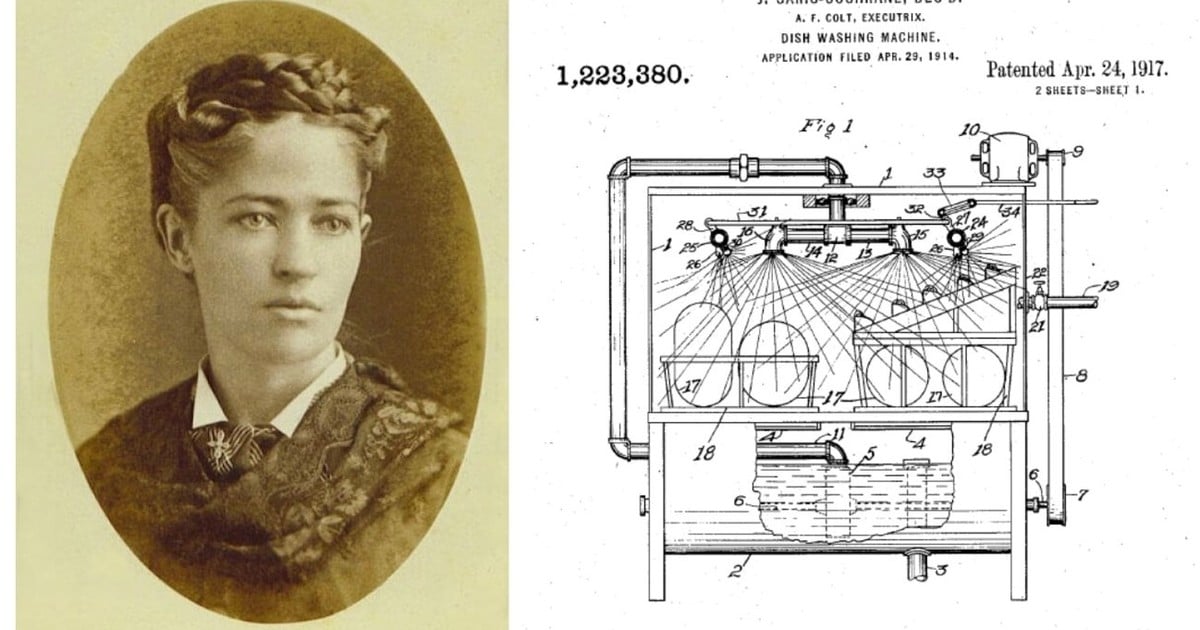


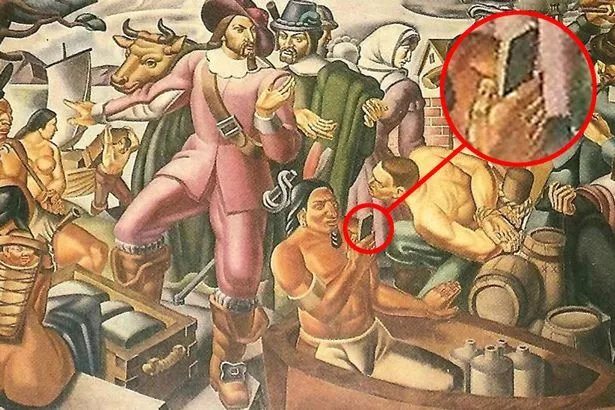










![[Photo] Unique folk games at Chuong Village Festival](https://vstatic.vietnam.vn/vietnam/resource/IMAGE/2025/4/10/cff805a06fdd443b9474c017f98075a4)



































































Comment (0)